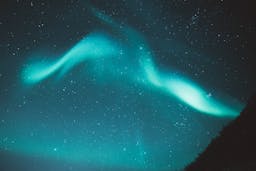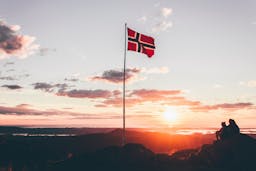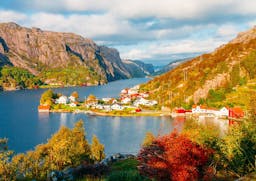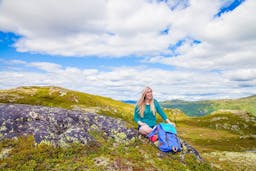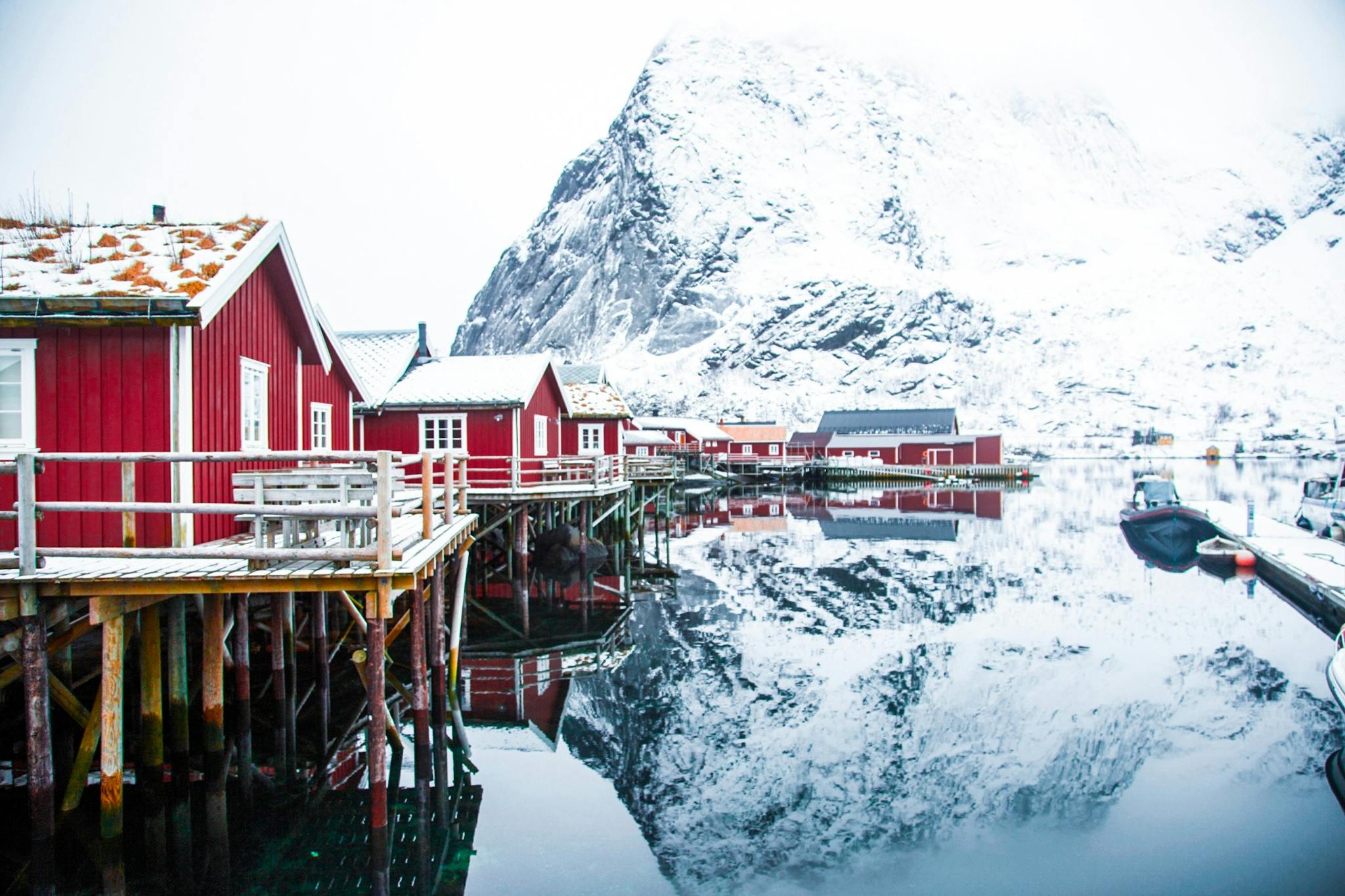
Visiting Norway in the Off-Season
To experience the surreal beauty of Norway in its zenith, avoid the crowded peak season, and discover some of the country's lesser known secrets, hidden gems, and natural marvels in the off-season.
Discover Noway in the Off-Season
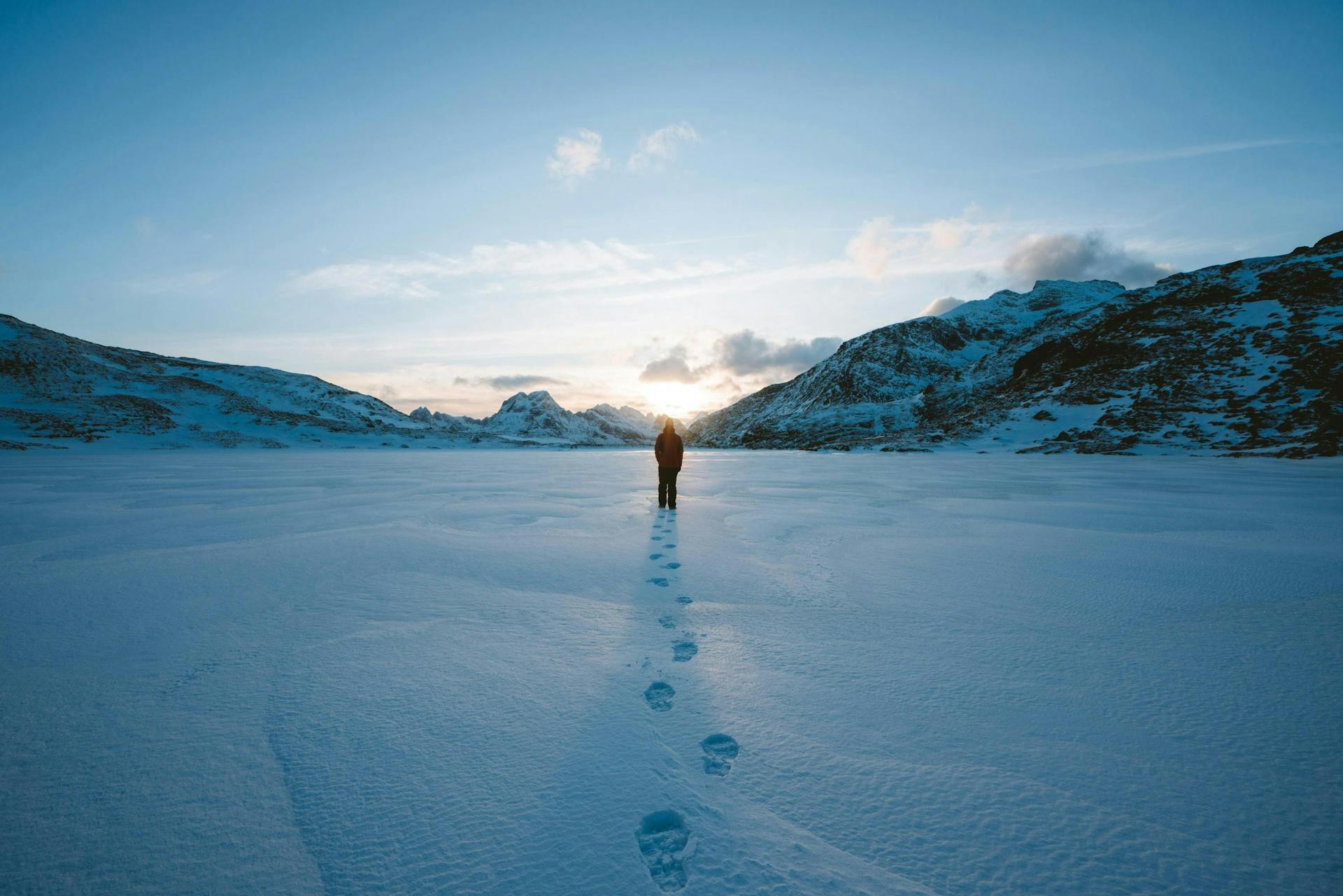 Norway is a winter wonderland. Unsplash/Simon Migaj.
Norway is a winter wonderland. Unsplash/Simon Migaj.
Some attribute the overcrowding of Norway's spectacular scenery during the summer to the popularity of the Disney movie, Frozen. Visiting the mountainous peaks in the high season, along with hordes of other hikers, is almost enough to dim their breathtaking glory.
With only several million inhabitants, the country returns to its true, spacious, state in the off-season. Which is why, to experience Norway to the fullest, you should plan your visit during this time. Discover a passion for outdoor life, or 'friluftsliv', in Norway, a country that is all about wandering in wide open landscapes.
When to visit Norway
Spring, fall, and even winter can be even better times to visit than the overpopulated high season. In January for instance, the weather averages two degrees centigrade, providing perfect conditions for winter sports. Even during the high season, which runs between late June and early August, weather in the country can be variable. This has given rise to the Norwegian saying; 'There is no such thing as bad weather, only insufficient clothing.' The capital of Oslo on the south coast is blessed with some of the best weather.
Spring and Summer
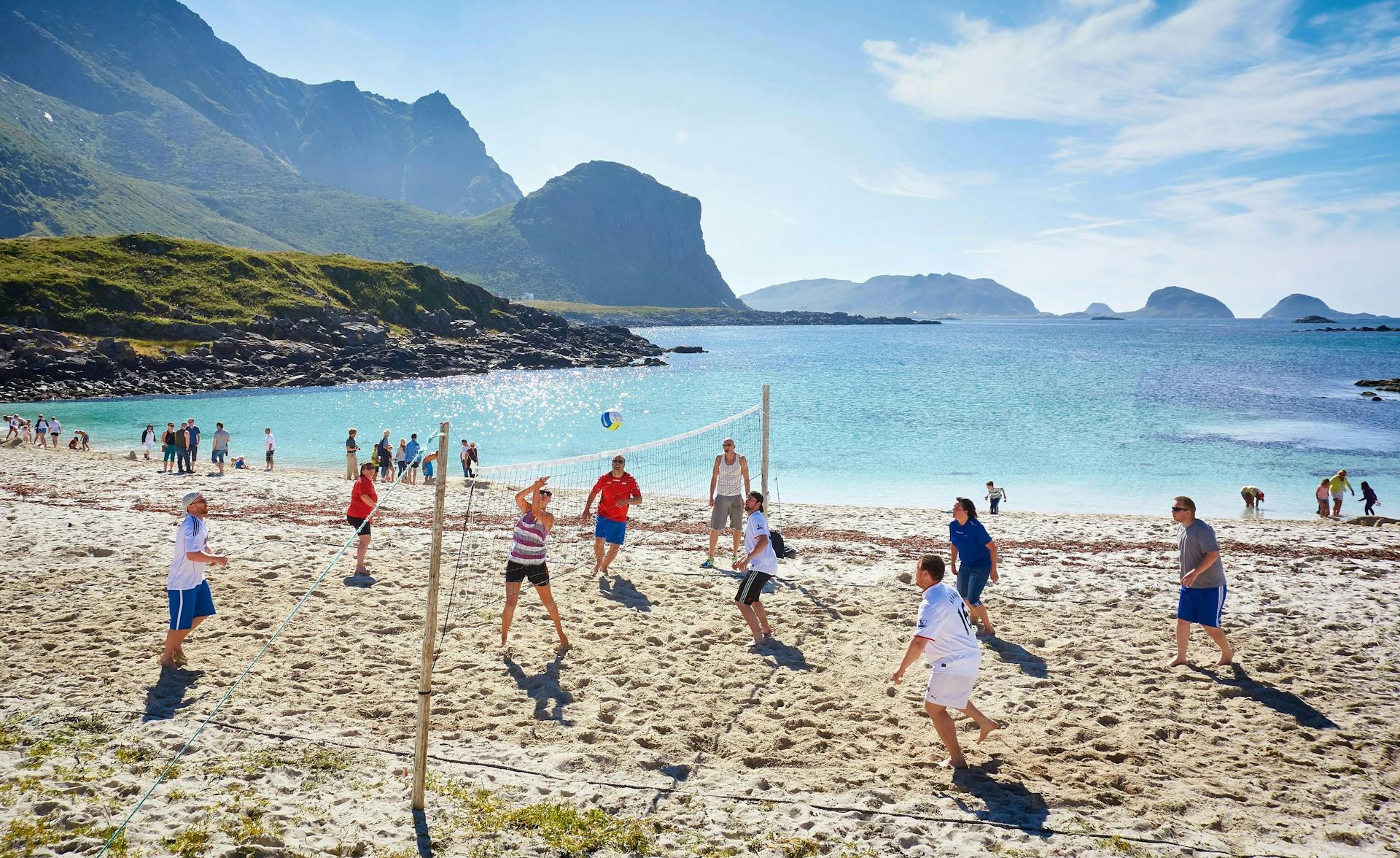 People playing beach volleyball in Hovden, south Norway. Unsplash/Vidar Nordii-Mathisen.
People playing beach volleyball in Hovden, south Norway. Unsplash/Vidar Nordii-Mathisen.
Prior to summer, from May to mid June, the scenery is at its most postcard-perfect. Spring brings blossoms to the fruit trees, and waterfalls gush with meltwater from the mountains. The National Day, May 17th is the biggest celebration in the country. Norwegians array themselves in exquisite (and costly) traditional costumes. Parties, parades, and the consumption of the national firewater, aquavit, typify the celebrations. Summer brings the midnight sun, precipitating a burst of social activities and events.
Fall and Winter
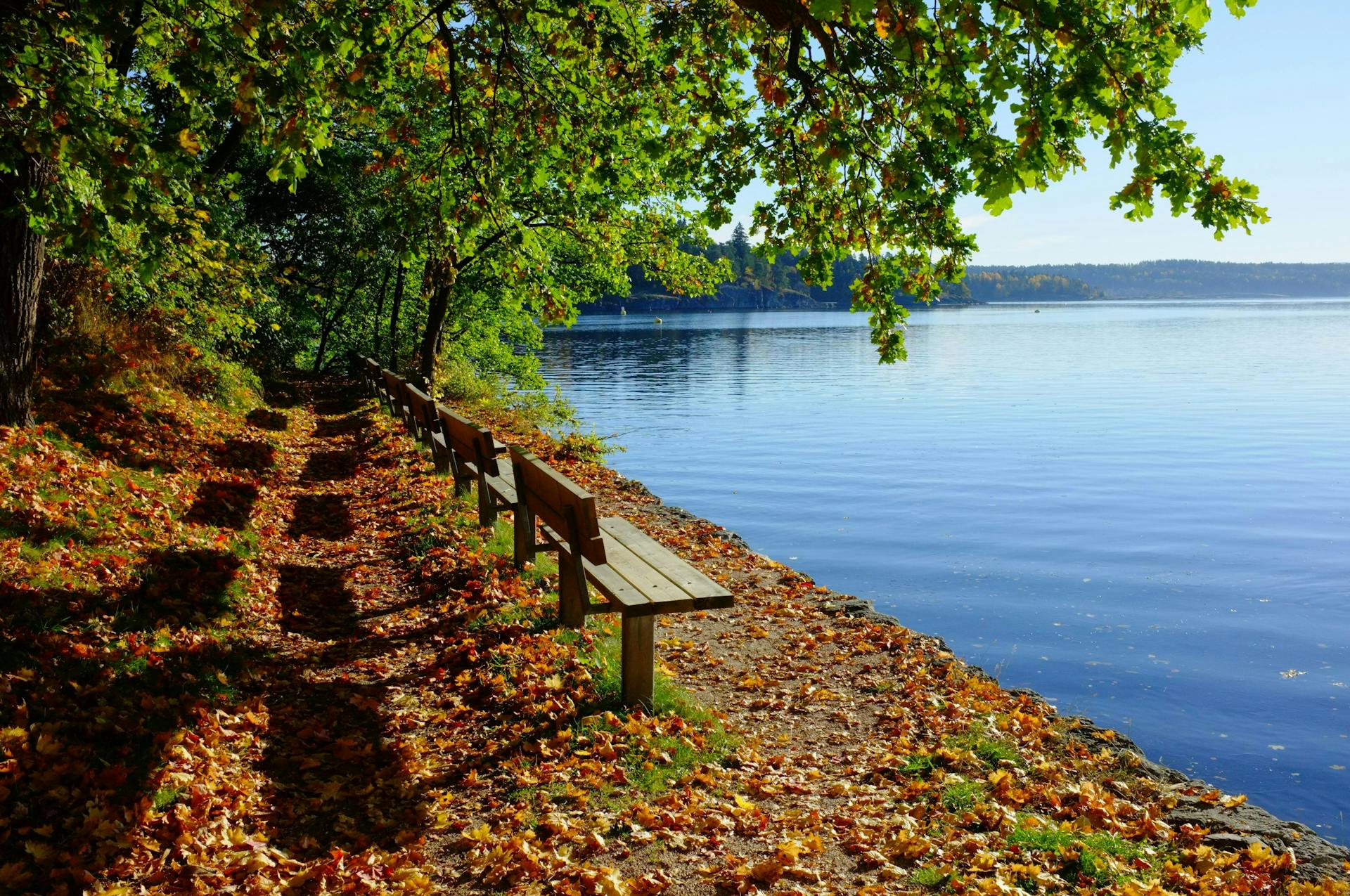 A gorgeous autumn day in Sandvika, near the capital. Unsplash/Baard Hansen.
A gorgeous autumn day in Sandvika, near the capital. Unsplash/Baard Hansen.
From mid-August onwards, low season rates apply, and traffic subsides substantially. The Gulf Stream radiates warmth across the western fjords warmer than you might anticipate. From November through to April, Norway is transfigured into a white wonderland of winter sports, snow and reindeer.
Naturally, ski fans find a haven here, but outdoorsy types can enjoy ice fishing, dog sledding, and snowmobiling alongside every conceivable wintersport you can think of. Others may prefer to sink into a traditional sauna, or cozy up in an elegant log cabin, sequestered in nature. There are plenty of things to do in Norway in the off-season.
Oslo in the Off-Season
In the spring and fall, Oslo's pastel-painted neoclassical buildings appear to glow in the low light. The fastest growing capital in Europe, Oslo has been transformed since the '50s into an international mecca to rival any in Scandinavia. Travel to its architecturally innovative waterfront for an insight into the definition of a 'green city.' A plenitude of parks, waterways, and islands make the presence of Norway's famous natural world felt even in the heart of the metropolis. Forests and ski slopes are just minutes away from the city center.
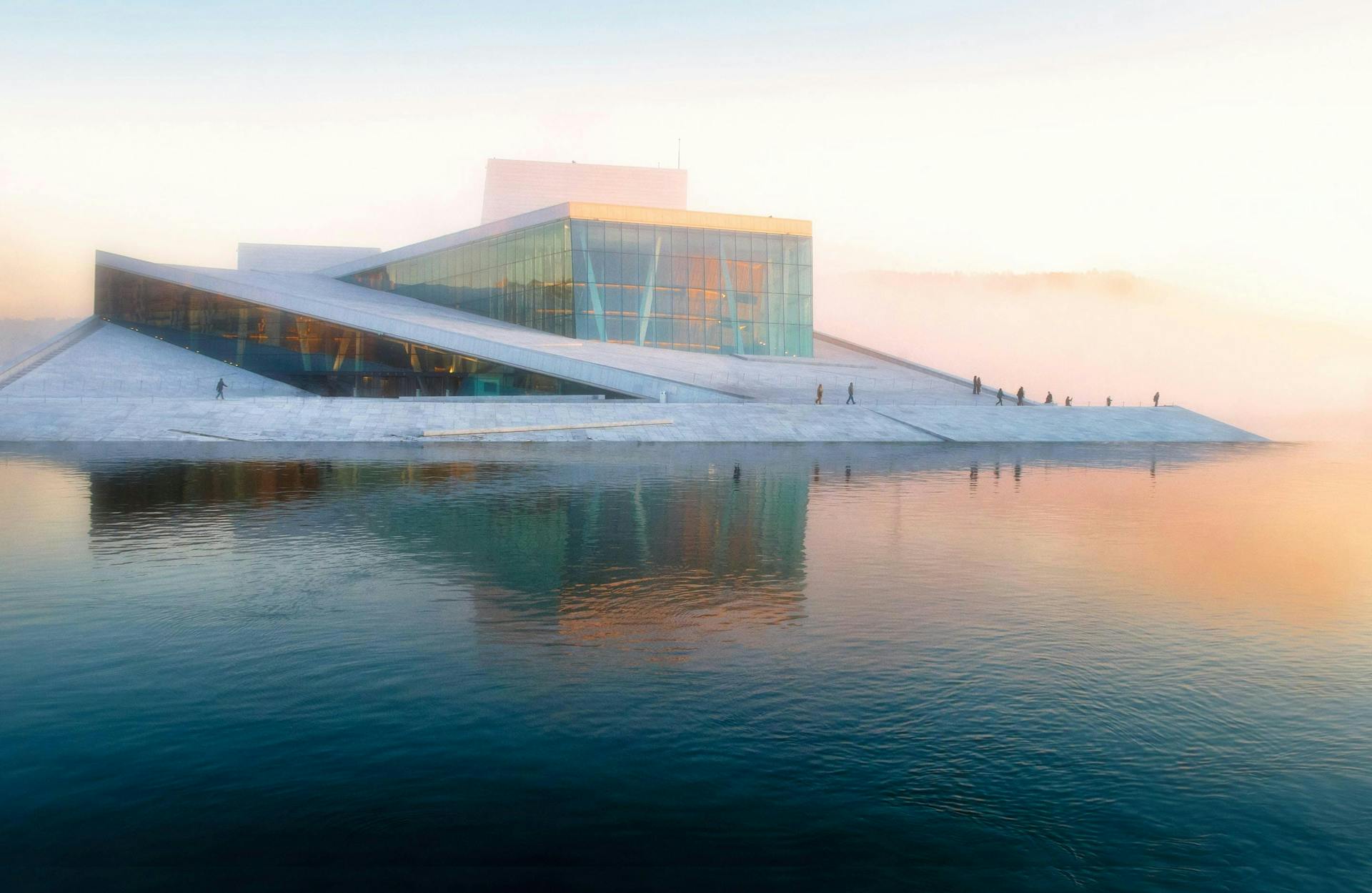 The Oslo Opera House in the glowing winter sun. Unsplash/Vidar Nordlii-Mathisen.
The Oslo Opera House in the glowing winter sun. Unsplash/Vidar Nordlii-Mathisen.
In the off-season, you will find that prices fall in the city, and dwindling visitor numbers make for a more authentically Norwegian experience of this fascinating capital. Catch some culture at the Oslo Opera House, an its unique architectural space boasting wonderful views of the city. Or delve into the city's thousand-year history at the Vikingskipshuset. This museum holds reconstructed Viking longships found in the local area packed with ceremonial burial items.
When to Watch the Northern Lights
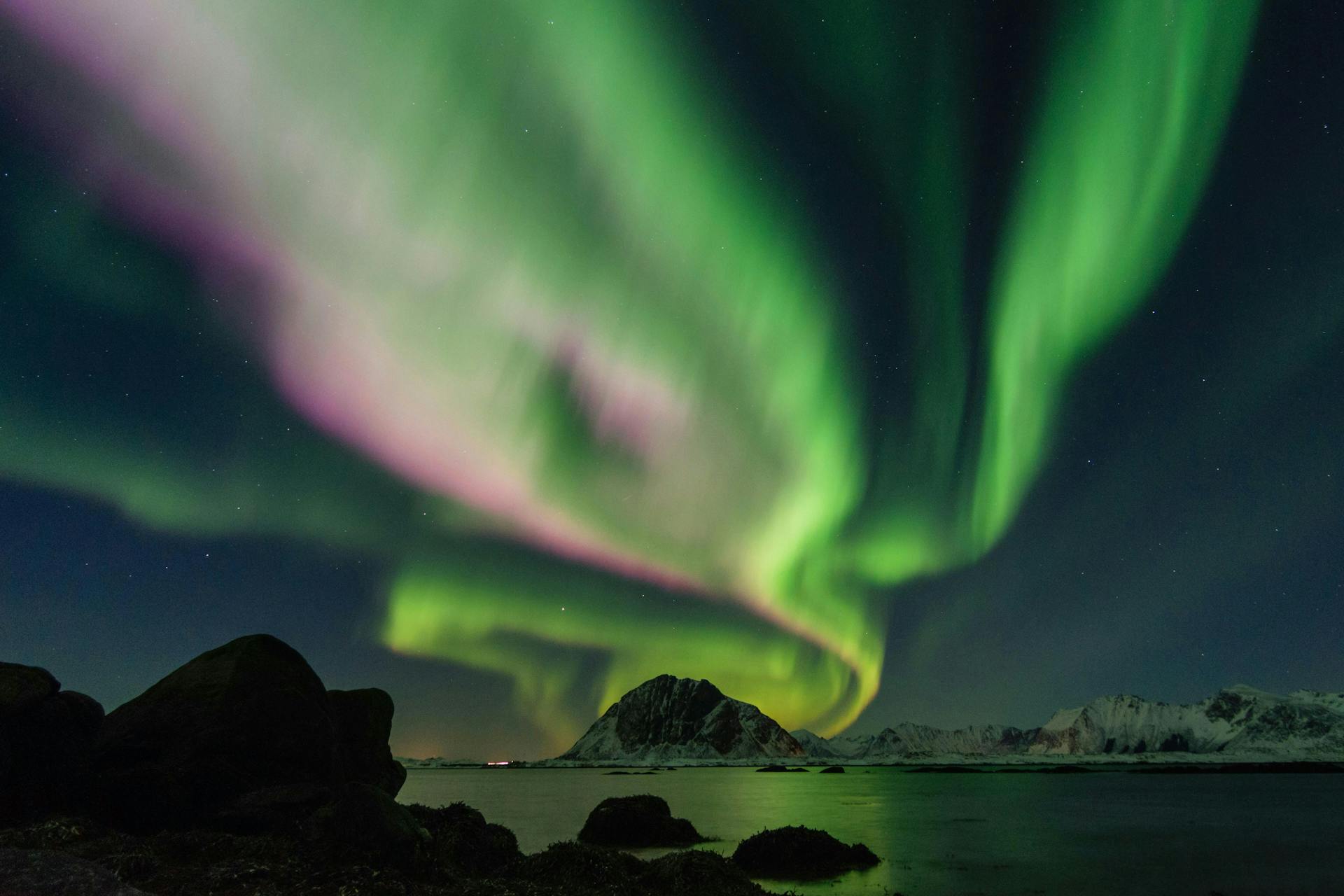 Stunning Northern Lights over Lofoten Islands. Unsplash/Johannes Groll.
Stunning Northern Lights over Lofoten Islands. Unsplash/Johannes Groll.
Norway's major attraction is a natural one. The mysterious Northern Lights are still capable of striking wonder into the heart of even the most jaded visitor. The green and purple waves dance across the inky night skies over northern Norway, increasing in frequency the closer you get to the Arctic Circle. The lack of light pollution from large cities unveils millions more stars than you'll see in most other places on the planet. Galaxies swirl over this magical landscape, with its uniquely luminous northerly light.
October, February, and March are the best months to catch this transcendent natural light show. Visitors often worry that northerly cities like Tromsø will be unbearably cold, whereas the temperature is actually usually around zero.
Hiking in the Off-Season
You'll probably already have heard about the hikes to Preikestolen (Pulpit Rock) and Trolltunga (Troll Tongue), such is their popularity with international visitors. To see these spectacular sights unimpeded by hordes of other visitors, visit in the off-season. These challenging trails are teeming with sightseers in the summer, but vacant and arguably far more appealing come the cooler months.
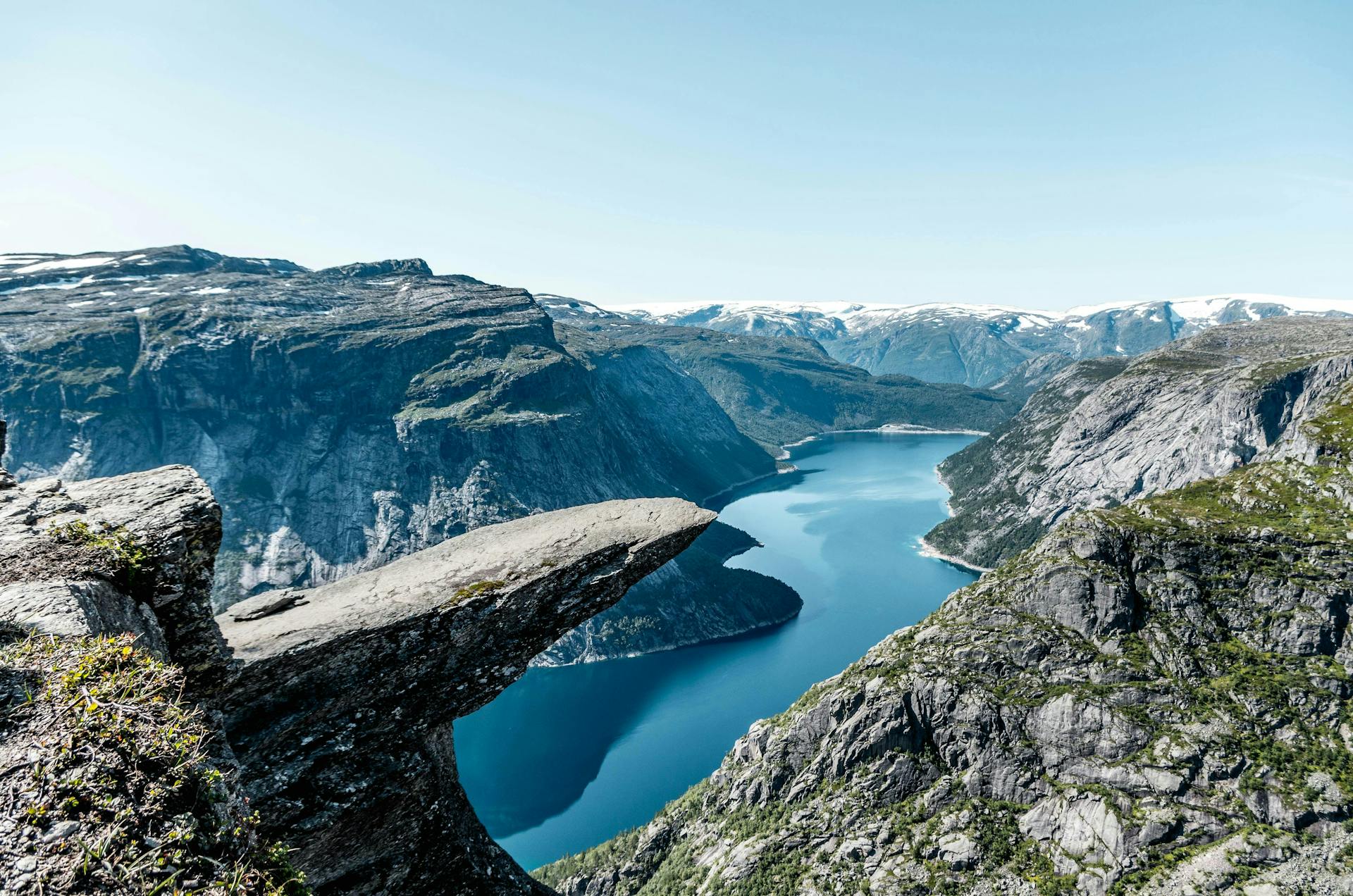 Trolltunga has become one of the hottest tourist destinations in Norway. Unsplash/Dong Zhang.
Trolltunga has become one of the hottest tourist destinations in Norway. Unsplash/Dong Zhang.
Other supreme hikes to add to your bucket list include the Aurlandsdalen Valley, which is rich with both history and culture. Alternatively scale Mount Skåla and enjoy views from the Kloumannstarnet Tower. The glacier, fjords, and mountains unfurl beneath your feet in all directions. In a single day, you can hike a 10 kilometer trail through the Romsdalseggen mountains to see the town of Molde and the sparkling coastline.
Wintersports are Norway's Speciality
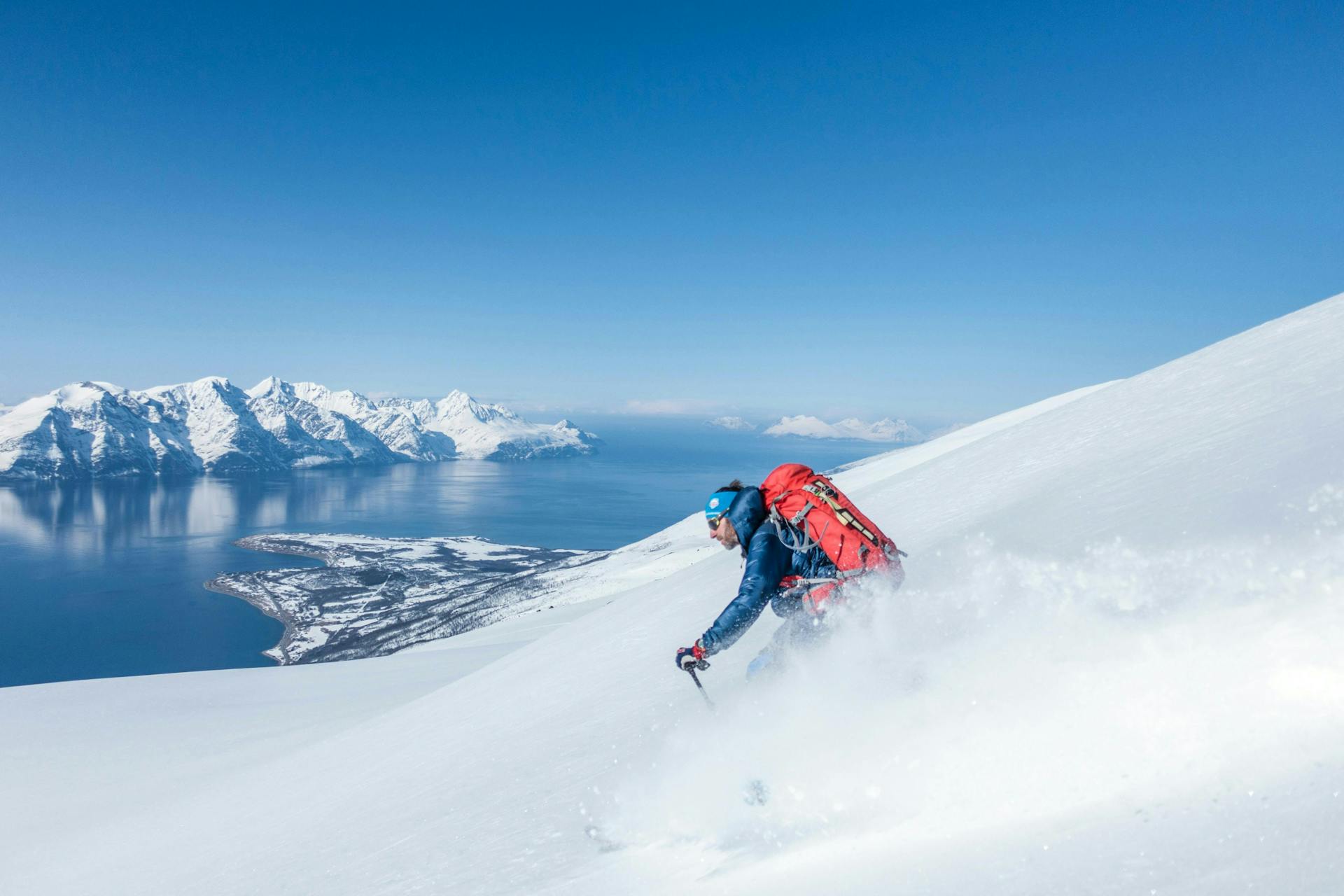 Gorgeous ski slopes in Olderdalen, close to Tromsø in the northern part of Norway. Unsplash/Hendrik Morkel.
Gorgeous ski slopes in Olderdalen, close to Tromsø in the northern part of Norway. Unsplash/Hendrik Morkel.
Winter is when Norway comes into its own. There are frozen lakes and snowy peaks, fjords and furlongs of earth-shatteringly beautiful winter wonderland to discover. Scoot down a bobsleigh in Lillehammer, snowmobile through frozen forests, or snowshoe through Nordmarka, just outside of Oslo. A smorgasbord of sport awaits you.
Ice Climbing
Ice Climbers lug equipment from around the world to scale the wonders of Norway's ice climbs. Discover the Telemark region's Ice Parks, where waterfalls frozen into stalactite-like icicles are a wonder to behold. There are several Ice Parks within 20 kilometers of Rjukan. Discover their grandeur along with Norwegian families and in the know ice-climb pilgrims.
Dog Sledding
Experience the visceral thrill of a fast paced rush across Norway's winter landscape in a dog sled. Steer your own pack on a multiple-day trek through the country's stunning snow-clad scenery, and stop off at several intriguing destinations on the way. You'll get the chance to feed and care for the huskies yourself.
Alpine Skiing
Bring your family to the friendliest of ski resorts in Norway's crisp, white alpine world. You can ski all the way to your room, cruise a red piste, or cavort about on the childrens' slopes. Powder hounds will find that there are plenty of supreme resorts within minutes of international hubs like Oslo and Bergen.
Eating Norwegian
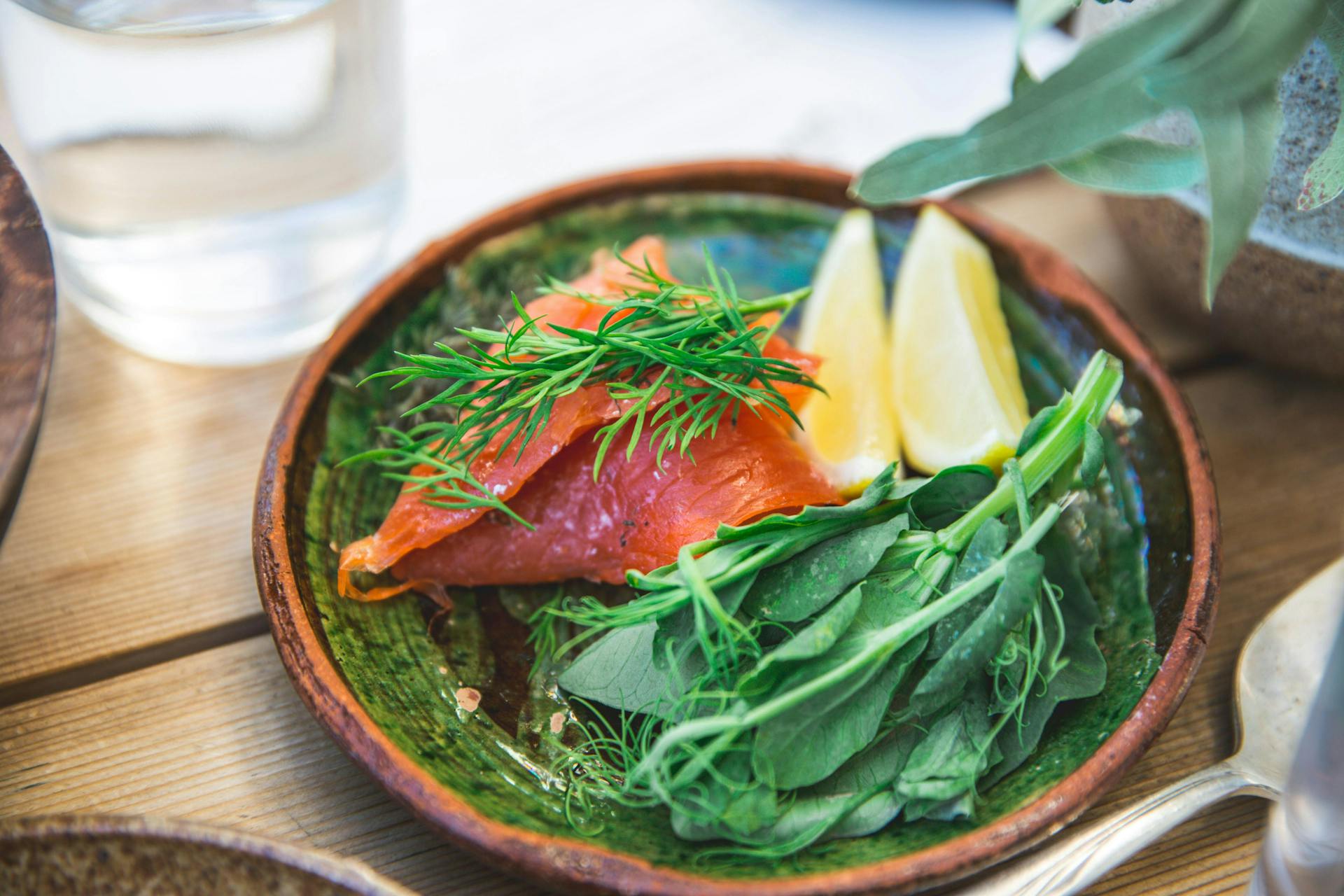 Norway is a paradise for seafood-lovers. Unsplash/Josh Bean.
Norway is a paradise for seafood-lovers. Unsplash/Josh Bean.
Many people think of Norwegian foods like langoustines, prawns, mussels, scallops, and other seafood as summer delicacies. In fact, they are in-season in the wintertime, when quality and flavor are at their very best. Dine on the best cod, halibut, salmon, and trout of your life in the winter months. Norway also provides the ultimate Christmas experience, complete with snowy mountains, reindeer, and traditional meals.
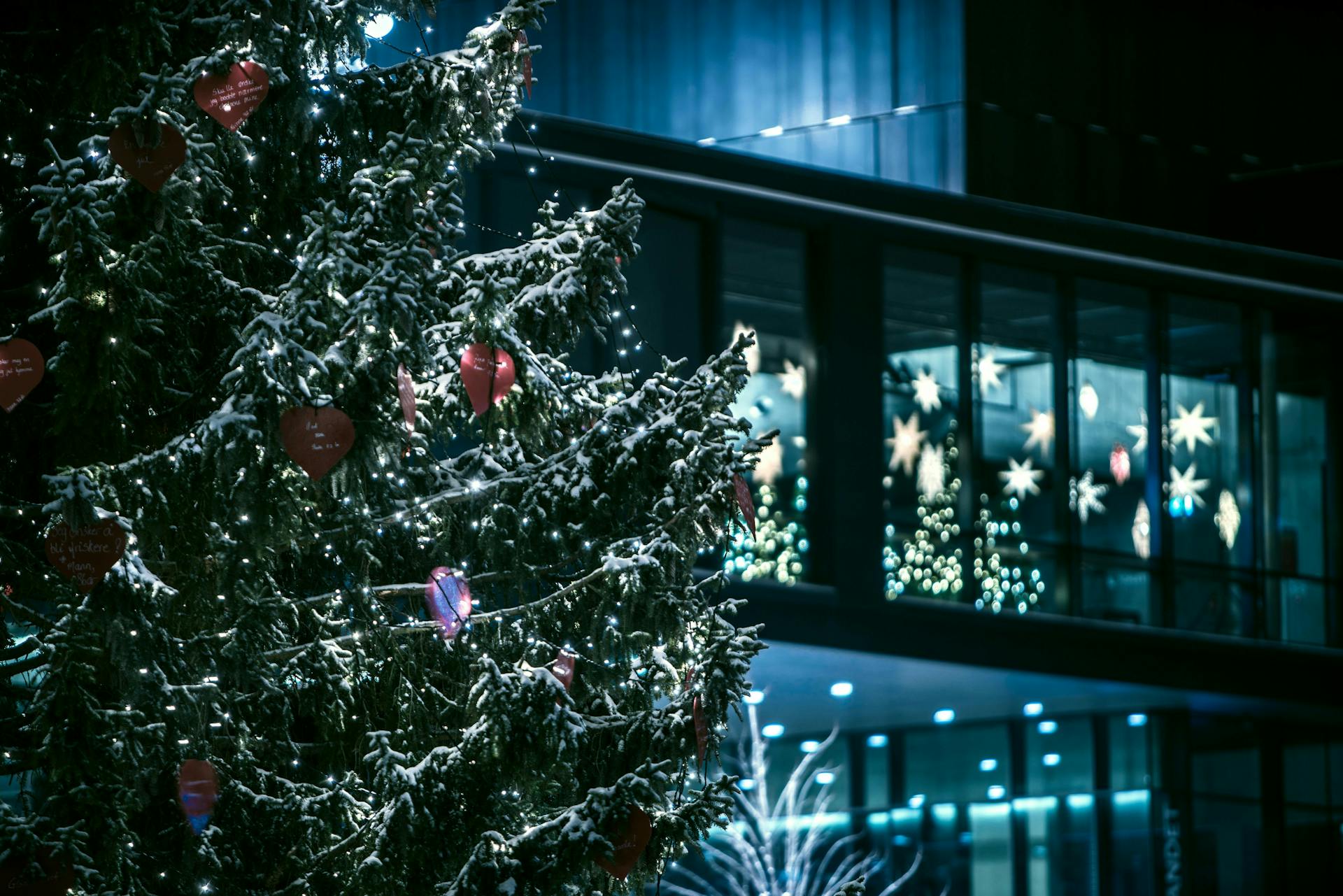 A christmas tree in Hamar, Norway. Unsplash/John Christian Fjellestad.
A christmas tree in Hamar, Norway. Unsplash/John Christian Fjellestad.
Christmas markets in Norway's cities of Tromsø, Oslo, and Trondheim encapsulate the spirit of a traditional Christmas like nowhere else in the world. The famous smalahove (sheep's head) and lutefisk (dried cod) are also prepared throughout the country at this time of year, letting you get a little closer to the real Norway.
Get Off-the-beaten-path
Whenever you decide to visit Norway, getting off the beaten path is a good idea. Beat the crowds and venture deeper into the authentic side of the country with trips to these little known yet accessible locations. Consider taking the Oslo to Bergen Railway to cover more ground. The trip takes you 4,000 ft (1,222 meters) above sea level through the Hardangervidda, Europe's highest National Park. Waterfalls, gorges, and picturesque villages fly by.
Rjukan
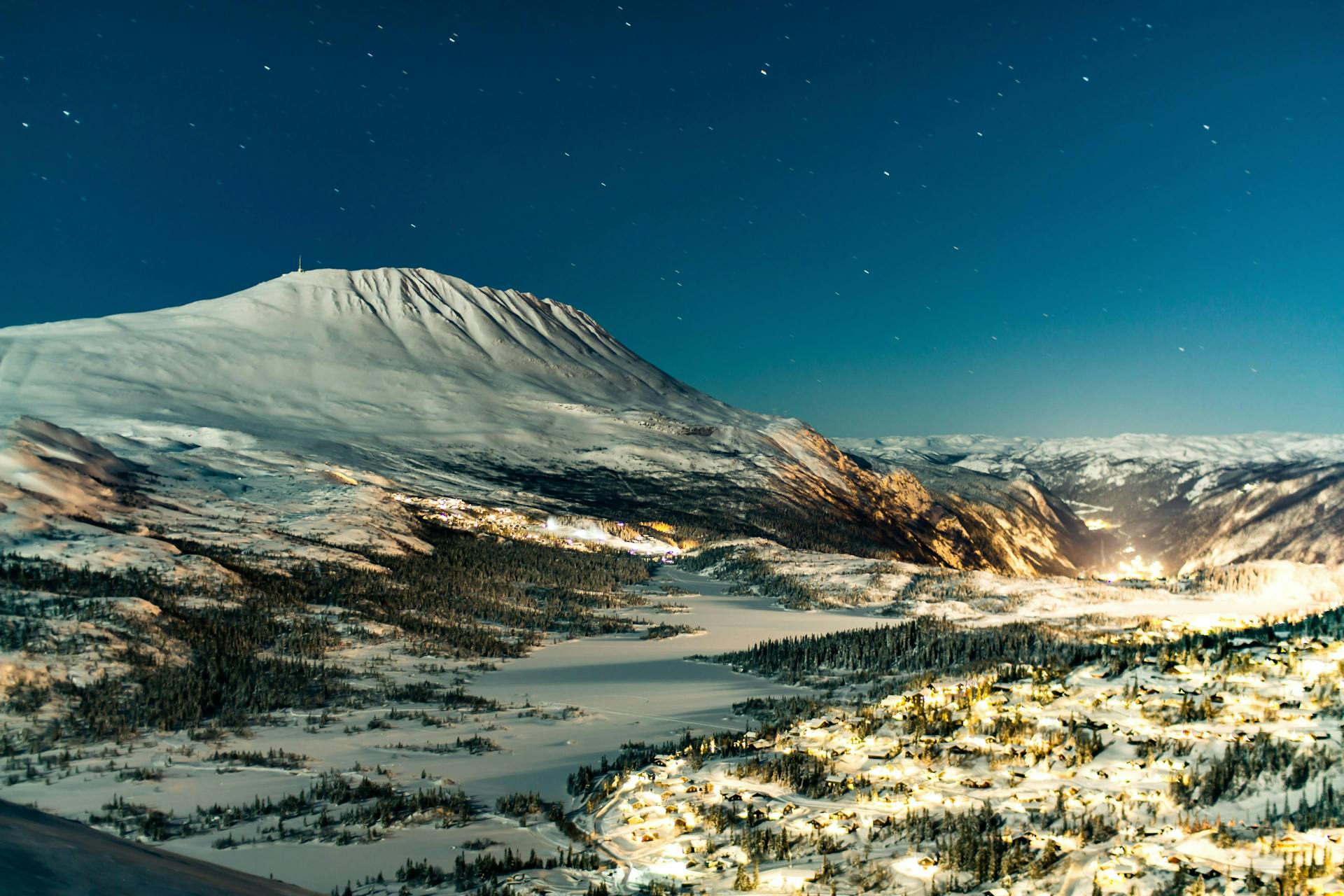 Mt. Gaustatoppen in Rjukan. Unsplash/Øyvind Stensrud.
Mt. Gaustatoppen in Rjukan. Unsplash/Øyvind Stensrud.
If you must visit Norway in the high season, or you simply want to delve deeper into Norway's treasures than touring only the most famous destinations, there are many well-kept secrets found in the country. Within a daytrip's distance from Oslo, Rjukan is replete with World War II history and also home to the transcendent mountain Gaustatoppen.
The city recently acquired designated UNSECO World Heritage Site status, and lies in a breathtaking valley. Take the Krossobanen cable car or Gaustabanen funicular to the summit of the mountain to enjoy the splendid scenery surrounding Rjukan.
Åna-Sira
A winding mountain road takes you from Flekkefjord to an overlook onto the rural village of Åna-Sira. This absurdly pretty place is prized by those in the know for its Ice Age potholes, which overlook spectacular ocean vistas. Some prefer to dip their toes in the water at the pristine beach, which you may just be lucky enough to have to yourself, even in the high season. A trip to Åna-Sira is easily paired with a climbing trip to nearby Brufjell. Wander through Brufjell village to the trailhead, from which you'll ascend stunning mountains to enjoy views of the village and surrounding fjords.
Mandal
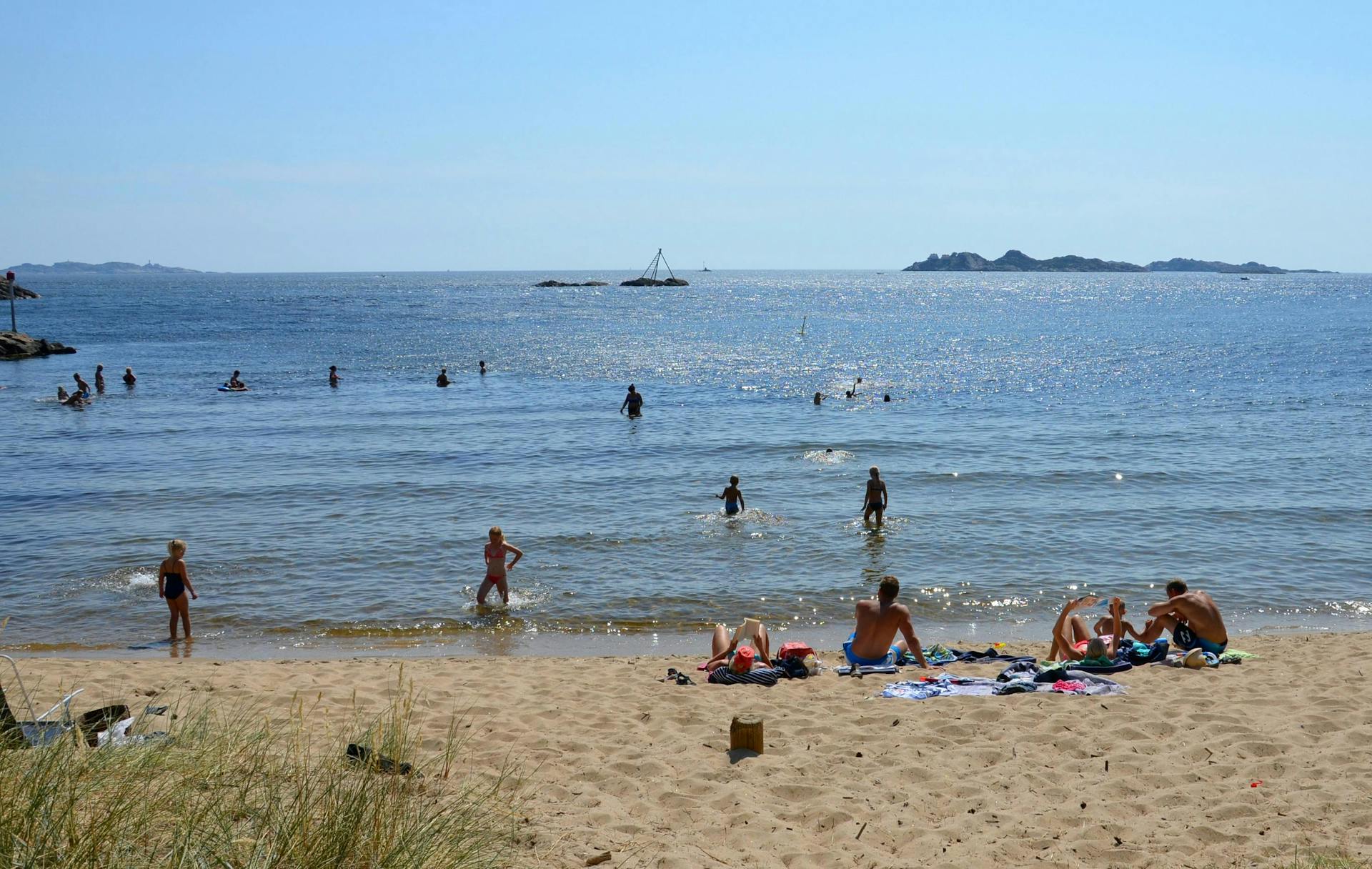 Sjøsanden Beach in Mandal. Flickr/Tregde Ferie.
Sjøsanden Beach in Mandal. Flickr/Tregde Ferie.
Despite its balmy weather and 800-meter stretch of sand, the southernmost town in Norway is far quieter than the fjords in summer. It's also quite accessible, just a forty-minute drive from Kristiansand and just under three hours from Stavanger. Rent a pedalo or a sea canoe and embark on a trip on the glittering water that laps Sjøsanden Beach. The gin-clear water is still chilly, even in the summer, but many locals do swim from the beach. The town's brightly painted wooden houses are arranged along cobbled streets.
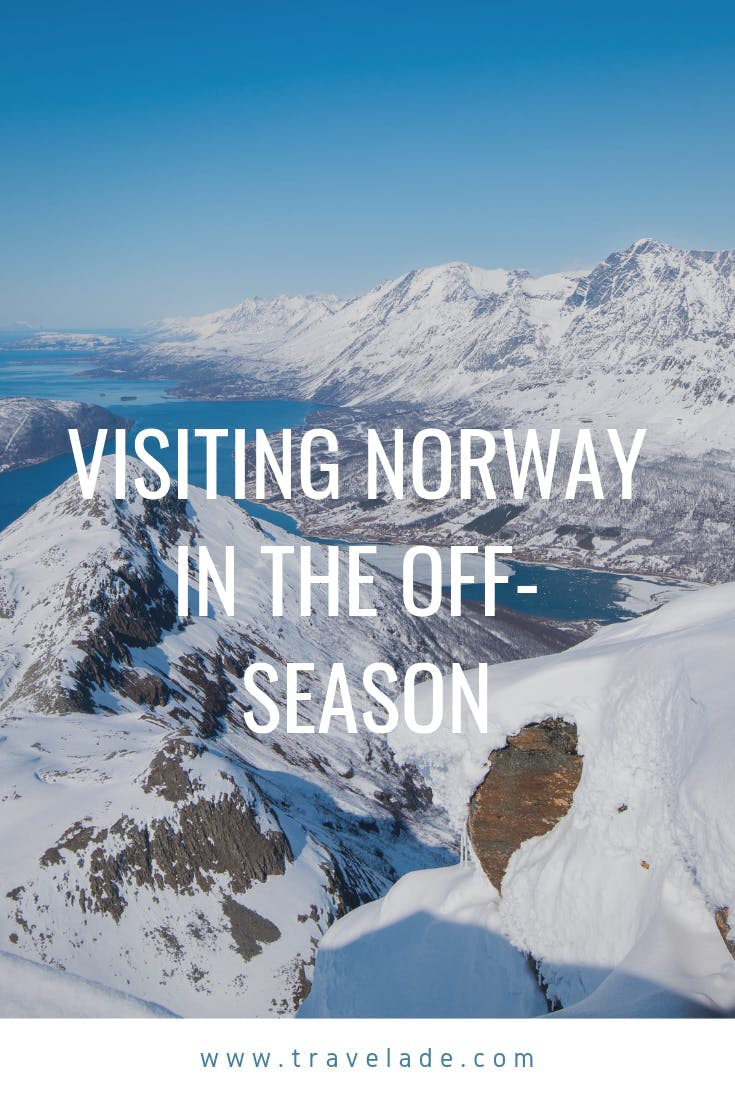
Sharing is caring!
